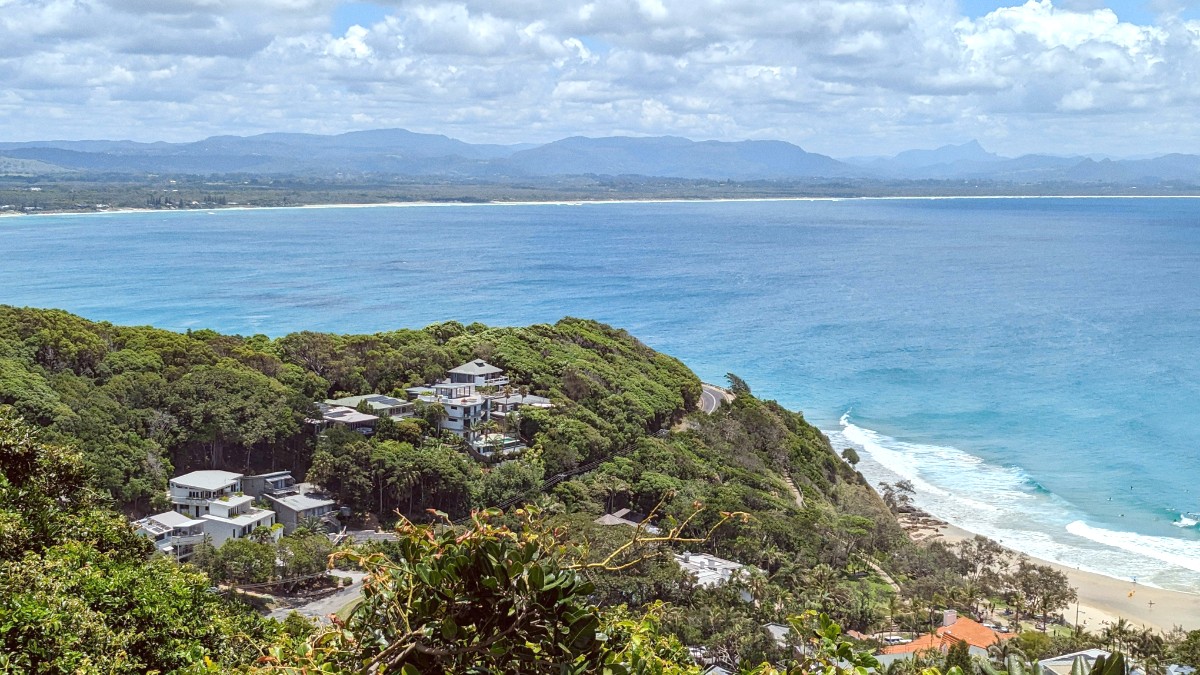
New South Wales, Australia
Local bus services operate under the Transport for NSW umbrella. These buses connect the main Byron Bay town center with surrounding areas, including Suffolk Park to the south, and Mullumbimby and Brunswick Heads in the hinterland and north. The services link residential areas and smaller towns to the central hub.
The main hub for buses in Byron Bay is the bus stop located on Jonson Street, in the heart of the town center. Most routes originate from or pass through this central point. Route 640 connects Byron Bay to Suffolk Park, Broken Head, Lennox Head, and Ballina. Route 641 links Byron Bay to Mullumbimby, Ocean Shores, and Brunswick Heads.
Always plan bus journeys in advance using online timetables or Google Maps. Services are not as frequent as in cities, so missing a bus can mean a long wait.
Have small denominations of Australian dollars ready for cash fares. Some services may accept contactless card payments, but cash is safer.
For destinations within the main town center, walking is often the most efficient and enjoyable option. Consider this for short distances.
Taxis and Uber are readily available at Ballina and Gold Coast Airports.
Designated pick-up points at each airport for convenience.
Pre-booking a taxi from the airport is an option.
Alternatively, use the taxi rank or app upon arrival for immediate service.
Renting a vehicle offers flexibility for exploring beyond the immediate town center, especially for day trips to the hinterland or neighboring towns. Byron Bay offers car, motorcycle, scooter, and bicycle rentals.
Parking in the town center is challenging, especially during peak times and weekends.
Most street parking is metered. Paid car parks are available. Free parking further out.
Pay attention to parking restrictions and time limits to avoid fines.
Byron Bay offers some specialized transport options mainly for tourism purposes, rather than general getting around.
Information on accessible transport is available from local tourism bodies.
Contact transport providers directly.
Some tour operators offer accessible options.
Specific assistance may be available if contacted in advance.
Byron Bay has no cable cars, funiculars, or other unique local transport systems.
Terrain is relatively flat along the coast.
When planning your journey and navigating Byron Bay, keep these additional details in mind for a smooth and enjoyable experience.
The Arakwal people of the Bundjalung Nation are the traditional custodians of the land.
Captain James Cook named Cape Byron in 1770.
Significant transformation in the 1960s-1970s.
Complete your Incoming Passenger Card accurately and truthfully. It is for the protection of Australia's unique environment.
Book specialized tours, especially whale watching or Julian Rocks diving, in advance. These popular activities often sell out, especially during peak season.